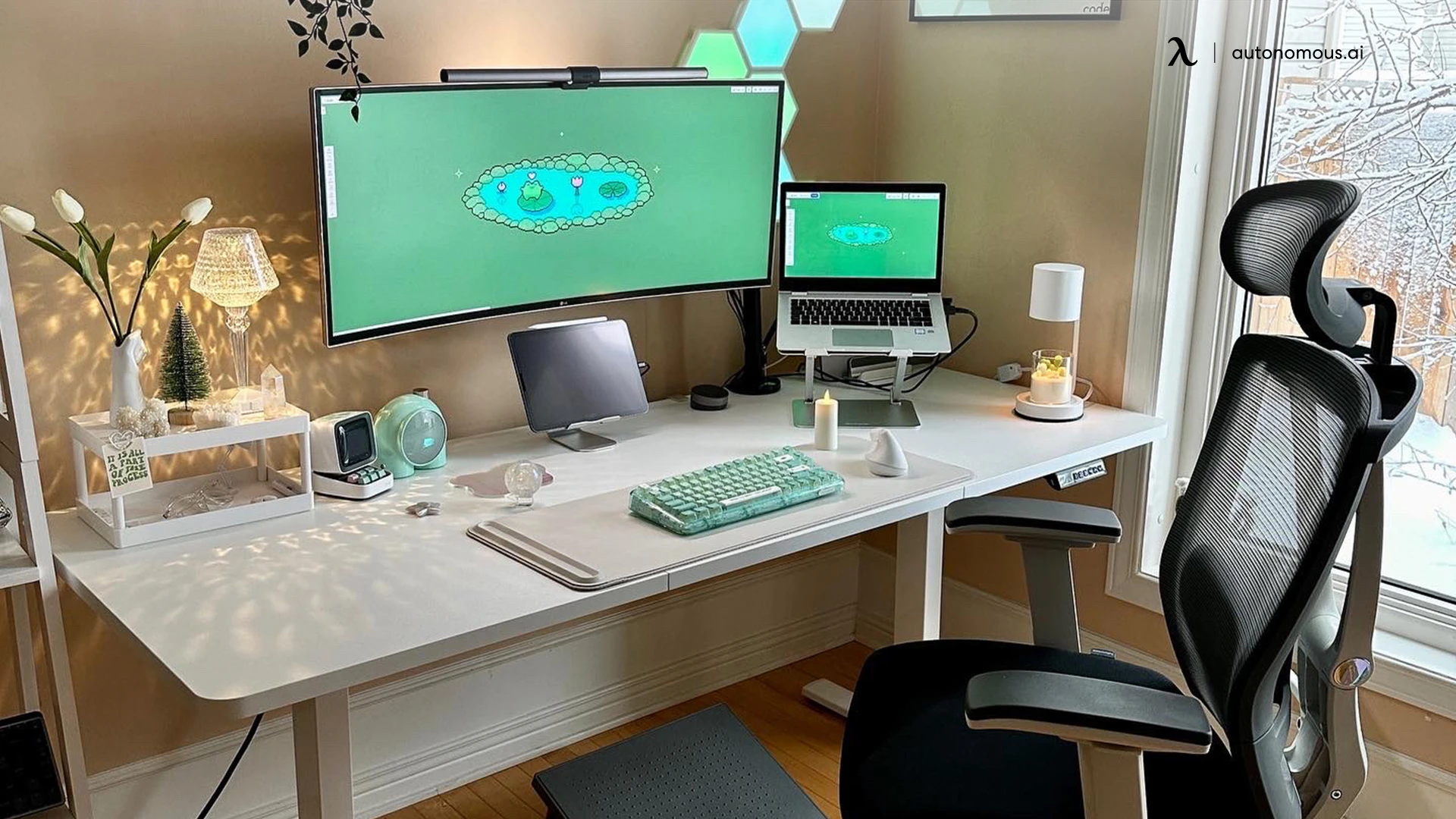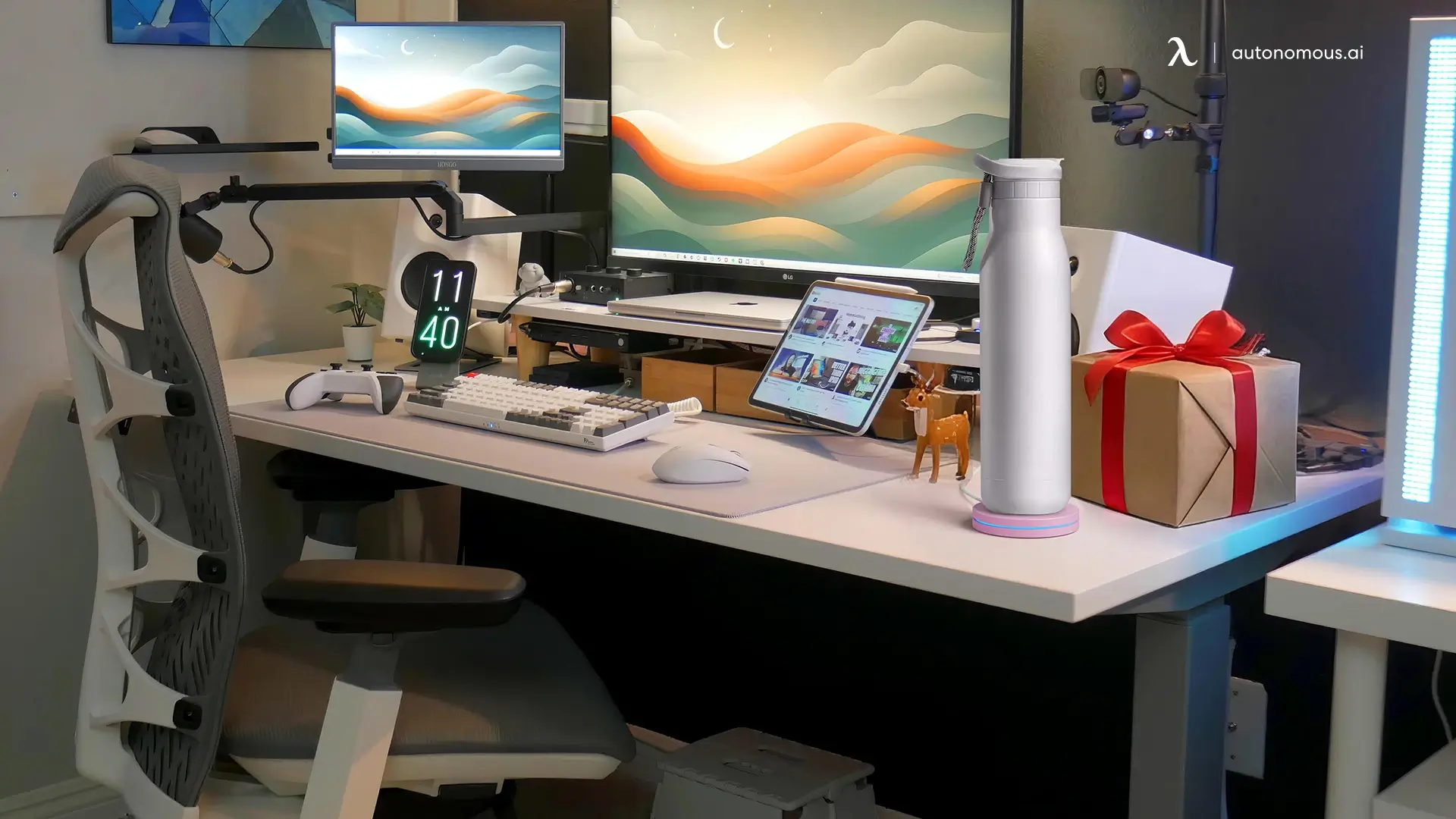- Newest
- Most viewed
Interested in a Link Placement?

20 Personalized Christmas Gifts That Actually Feel Special
Find the perfect personalized Christmas gifts for everyone on your list. 20 unique ideas including custom ornaments, engraved keepsakes & photo gifts.
Latest Updates | Dec 15, 2025 663 views

Best Christmas Apple Deals on iPhones, iPads & More
Latest Updates | Dec 11, 2025 349 views

Apple Watch Series 11 Review: Should You Upgrade?
Latest Updates | Dec 10, 2025 218 views

Best $20 Christmas Gifts That Don’t Feel Cheap at All
Latest Updates | Dec 6, 2025 237 views

Best Office Christmas Tree Ideas for Every Workplace
Latest Updates | Dec 7, 2025 556 views

6 Best Small Christmas Gift Ideas for Coworkers Under $5
Latest Updates | Dec 5, 2025 194 views

25 Festive Office Christmas Party Decor Ideas
Latest Updates | Dec 5, 2025 872 views

Christmas Gift Quotes to Write on Cards, Tags & Messages
Latest Updates | Dec 4, 2025 776 views

15 Creative Christmas Gift Exchange Ideas for Work
Latest Updates | Dec 4, 2025 705 views
.webp)
25 Best Christmas Gifts Under $30 They’ll Actually Use
Latest Updates | Dec 3, 2025 894 views
.webp)
15 Christmas Gifts Under $50 That Feel Like a Big Deal
Latest Updates | Dec 3, 2025 622 views

15 Christmas Gifts Under $25 We’d Happily Give Anyone
Latest Updates | Dec 2, 2025 1,023 views
.svg)
